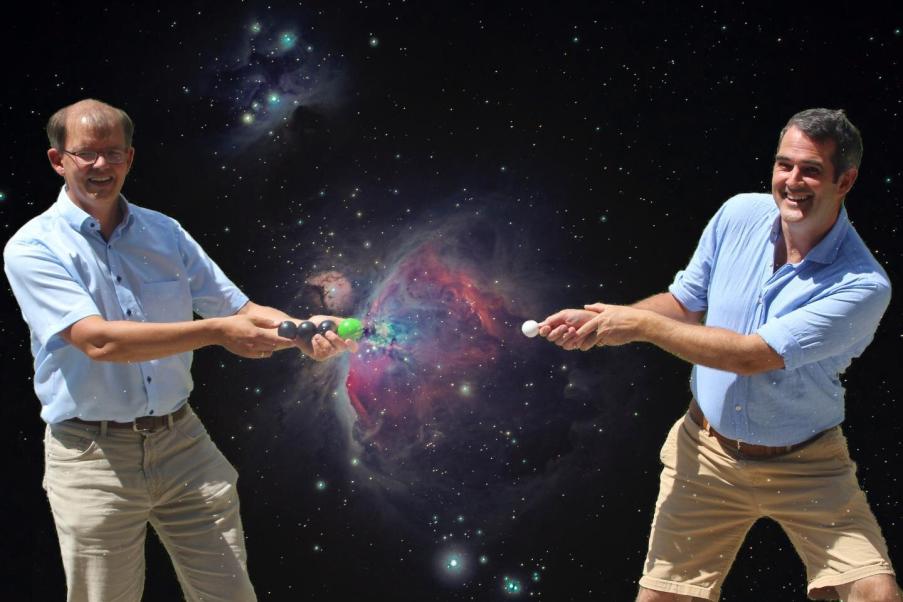What Are the Best Places to See the Northern Lights?
The Northern Lights, also known as aurora borealis, are a natural phenomenon that captivates the imagination and awe of people worldwide. These mesmerizing displays of light are caused by the interaction between charged particles from the sun and the Earth's atmosphere, resulting in a breathtaking celestial show of vibrant colors and dancing patterns.

Witnessing the Northern Lights is an experience that transcends words. The sheer beauty and grandeur of this natural wonder leave an indelible mark on the soul. Whether you're a seasoned aurora enthusiast or a first-time observer, the Northern Lights have the power to ignite a sense of wonder and connection with the cosmos.
Factors Affecting The Visibility Of The Northern Lights
- Solar Activity: The intensity and frequency of the Northern Lights are influenced by solar activity, particularly during periods of high solar wind and geomagnetic storms.
- Darkness: Clear, dark skies are essential for optimal viewing conditions. Light pollution from urban areas can hinder the visibility of the aurora.
- Weather: Cloud cover can obstruct the view of the Northern Lights. Clear nights with minimal cloud cover provide the best chances for successful aurora viewing.
- Location: The Northern Lights are primarily visible in high-latitude regions, closer to the Arctic Circle. The further north you travel, the higher your chances of witnessing this celestial phenomenon.
Best Places To See The Northern Lights
Scandinavia
- Norway: Tromsø, known as the "Gateway to the Arctic," offers a high probability of seeing the Northern Lights due to its location within the auroral oval.
- Sweden: Abisko National Park is renowned for its dark skies and remote location, providing excellent viewing conditions for the aurora.
- Finland: Rovaniemi, the capital of Lapland, offers a range of activities and tours centered around the Northern Lights, including reindeer sleigh rides and snowmobile safaris.
- Iceland: Reykjavík, the capital city, provides easy access to viewing spots, including the iconic Hallgrímskirkja Church, which offers panoramic views of the city and the surrounding landscapes.
North America
- Canada: Yellowknife, often referred to as the "Aurora Capital of North America," is known for its high frequency and intensity of the Northern Lights. Guided tours and specialized accommodations cater to aurora viewing.
- United States: Fairbanks, Alaska, is a popular destination for aurora viewing, with a high success rate and various viewing options, including guided tours, dog sledding excursions, and flightseeing tours.
- Canada: Churchill, known as the "Polar Bear Capital of the World," offers the chance to see both the Northern Lights and polar bears in their natural habitat.
Other Regions
- Scotland: The northernmost parts of Scotland, such as the Shetland Islands, offer opportunities to see the Northern Lights, particularly during periods of high solar activity.
- Northern Russia: Regions like Murmansk and Arkhangelsk provide remote and dark locations for aurora viewing, away from light pollution.
- New Zealand: The South Island of New Zealand offers a chance to witness the Southern Lights (aurora australis), which are the Southern Hemisphere's counterpart to the Northern Lights.
Tips For Enhancing Your Northern Lights Experience
- Plan your trip during the aurora season: The best time to see the Northern Lights is typically from September to April, when the nights are longer and darker.
- Choose a location with minimal light pollution: Research and select a destination with low levels of light pollution to maximize your chances of seeing the aurora.
- Use specialized apps or websites: Utilize aurora forecast apps or websites to track aurora activity and real-time conditions, helping you plan your viewing accordingly.
- Dress appropriately: Prepare for cold weather conditions by wearing warm clothing, insulated boots, and gloves to stay comfortable during your aurora viewing experience.
- Be patient and persistent: The Northern Lights can be unpredictable, so be prepared to wait patiently and adjust your plans if necessary. Persistence often pays off when it comes to witnessing this natural phenomenon.
Additional Information
- Space Weather: The visibility and intensity of the Northern Lights are influenced by space weather, including solar flares and coronal mass ejections. Monitoring space weather forecasts can help predict aurora activity.
- Guided Tours: Many destinations offer guided tours specifically designed for aurora viewing. These tours often include transportation, expert commentary, and tips for capturing the best photographs.
- Specialized Accommodations: Some hotels and resorts in aurora-viewing regions offer specialized accommodations, such as glass-roofed cabins or igloos, providing a unique and immersive experience.
- Cultural Significance: The Northern Lights hold cultural significance and folklore in various regions. In some cultures, they are believed to be a sign of good luck or a connection to the spirit world.
The Northern Lights are a natural wonder that transcends time and culture, captivating the hearts and minds of people worldwide. Whether you're a seasoned aurora enthusiast or a first-time observer, planning and preparation are key to maximizing your chances of witnessing this celestial spectacle. Embrace the adventure, venture into the darkness, and let the Northern Lights ignite your spirit with their ethereal beauty and cosmic wonder.
YesNo

Leave a Reply